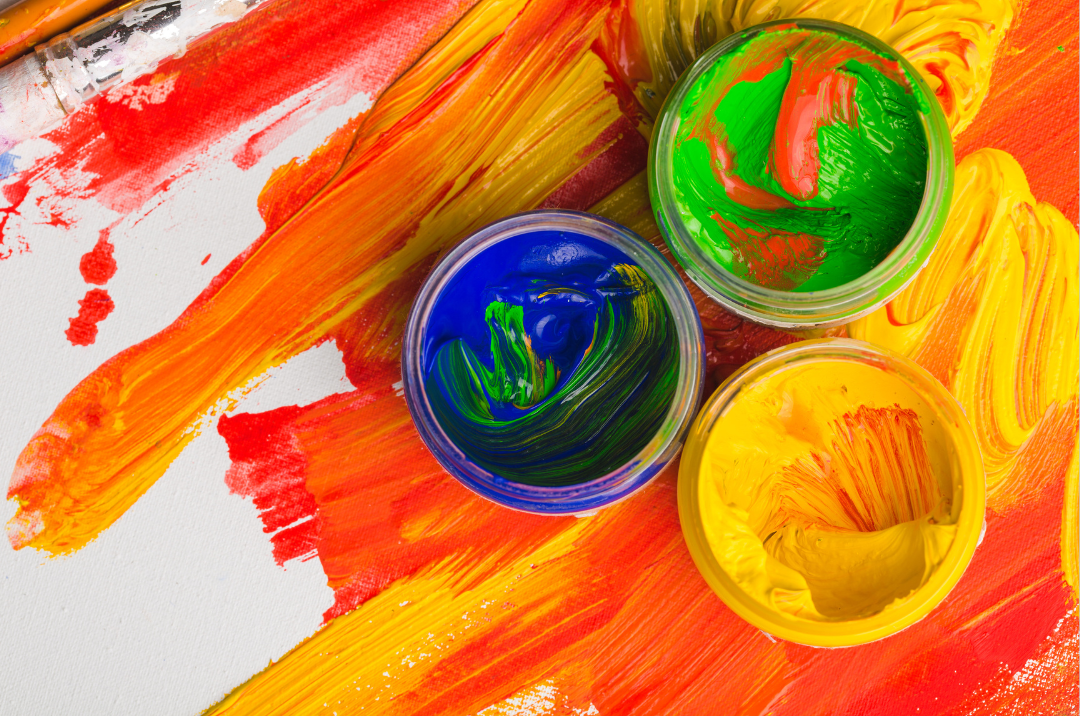As a painter, understanding color is crucial to your artistic journey. The mastery of color mixing is an integral part of creating breathtaking and visually captivating artworks. Whether you are an aspiring artist or a seasoned painter, having a firm grasp of color theory and the ability to mix colors effectively can elevate your work to new heights. In this blog post, we will explore some essential tips to help you master the art of color mixing.
1. Start with a Basic Color Wheel
A color wheel is a fundamental tool that every painter should have in their arsenal. It is a visual representation of the primary, secondary, and tertiary colors that make up the entire spectrum. By familiarizing yourself with the color wheel, you will gain a deeper understanding of color relationships and how they can enhance or contrast each other. This knowledge will be invaluable when it comes to mixing colors.
2. Understand Color Properties
Colors have different properties such as hue, value, and saturation. Hue refers to the actual color itself, while value refers to the lightness or darkness of a color. Saturation, on the other hand, refers to the intensity or purity of a color. By familiarizing yourself with these properties, you can make informed decisions when mixing colors to achieve the desired effect.
3. Experiment with Limited Color Palettes
Working with a limited color palette can be a great exercise in color mixing. By restricting yourself to a few colors, you are forced to experiment and find creative solutions to achieve the desired shades and tones. This exercise will allow you to develop a deeper understanding of color relationships and how they can be manipulated to create different moods and effects.
4. Use a Neutral Gray Scale
A neutral gray scale, ranging from pure white to pure black, is an essential tool for assessing the value of colors. By comparing the value of a color to the gray scale, you can accurately determine if it is lighter or darker than a specific shade. This knowledge is crucial in achieving a sense of depth and dimensionality in your paintings.
5. Practice Color Mixing Exercise
Set aside dedicated time for color mixing exercises. Start with a limited palette, then experiment by mixing different proportions of colors to create new shades and tones. Observe the subtle changes that occur as you modify the ratios, and take note of the results. This hands-on approach will help you develop an intuitive sense of color mixing, allowing you to more effectively achieve the desired colors in your artwork.
6. Study Color Mixing Techniques of Master Painters
Learning from the masters is an excellent way to improve and refine your color mixing skills. Study the works of renowned painters like Vincent van Gogh, Claude Monet, and Johannes Vermeer, and pay close attention to their use of color. Analyze how they achieved certain effects and why certain color combinations were chosen. By studying their techniques, you can gain valuable insights to apply to your own artistic practice.
In conclusion, mastering the art of color mixing is paramount for both aspiring and seasoned painters. By understanding color theory, experimenting with limited palettes, using a neutral gray scale, and practicing color mixing exercises, you can develop a strong foundation in color mixing. Additionally, studying the techniques of master painters can provide further inspiration and guidance. Embrace the exciting journey of color exploration and watch your artwork come to life with vibrant and harmonious hues.



Leave a Reply
You must be logged in to post a comment.